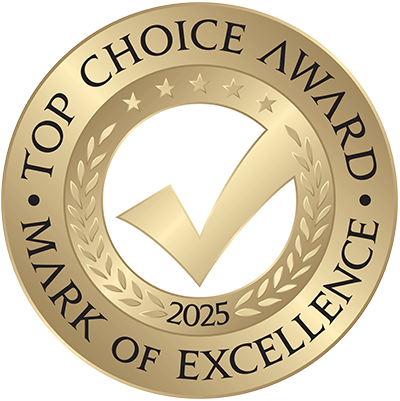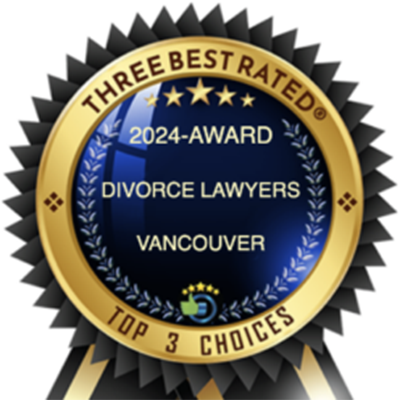How are business assets valued and distributed?
We resolve this issue by taking the following two-step approach.
First, we determine if the business falls within what’s defined as a family property under the BC Family Law Act (or its counterpart in other provinces). Pre-separation businesses are partially excluded and post separation businesses and gains can be unequally shared or not shared at all. Couples who own businesses together will need to decide on how the businesses will continue after they separate. The options are often:
- one spouse buys the other spouse out immediately or over time;
- the business is listed for sale and the proceeds from the sale get divided;
- both parties keep joint ownership of the business and hope they can run it without acrimony after they separate.
- capital gains and distributive taxes need to be accounted for so don’t make a big mistake
The next step is to ensure an accurate valuation. There are three approaches to how you can go about valuing the family business on separation:
- The asset approach, which employs a fairly simple formula: assets minus liabilities equals the value. The key here is to keep in mind that both assets and liabilities include both the tangible and intangible.
- The market approach, which calculates the value of a business by comparing it to similar businesses that have been sold. This method requires one to be creative in situations where suitable comparisons are few. In a precedent setting case MacLean won on a stock broker’s book of business, recent sales and rules of thumb were applied by the valuator to come to a value.
- The income approach, which uses historical information and particular formulas to predict expected cash flow and profits in calculating the value of the business. This is the most common approach used to determine a value of a successful business, but it is very complex and often requires help from financial experts.
How do I avoid or fairly share potential tax consequences?
Companies can have special accounts and assets that can reduce the tax burden and share disputed taxes equally between the parties. Talk to us about capital dividend accounts and shareholder loans which can save thousands, and in some of our past cases, millions of dollars in taxes when dividing a family business.
Unlike a family home which has no taxes attributed to it family businesses and trusts are complex, have taxes to be deducted from the value and if a third party sets up a trust Cottrell says it may not have any value to divide at all if it is a mere expectation of ever being received.
In a family business, what happens if there’s a dispute, and what about third party interests?
It is in everyone’s best interests to find a solution that will enable each spouse to continue on in a financial secure future; but this is often easier said than done, especially in high conflict and high net-worth cases. Adding to the financial complexities is the fact that the business, partnership or practice is the engine that supports the spouses and their children financially, which brings in a host of other important factors to balance against.
The best way to avoid disputes from threatening the existence of a business is to plan for all eventualities. That means having a business agreement, such as a partnership or shareholders agreement in place to make it clear what share of the business each spouse owns. A prenuptial agreement will also outline what happens to the business in the event of a divorce or the death of one of the spouses.
A judge may have to impose a division of business assets on a couple if an agreement cannot otherwise be reached, but this is usually the last resort as it invites risk. Our lawyers are trained in mediation and we will navigate to solutions in the best interests of all parties, including third-party stakeholders; and if the matter must be decided by the court, our vast experience and sheer commitment will help us obtain a favourable result.
How do we protect the business reputation during a separation or divorce?
The best way to protect the reputation of the business and each of the spouse stakeholders, is to come to an amicable agreement outside of court. It is not wise to tarnish public good will or squander the business assets on acrimonious interactions.
Retain joint experts who will work with each party toward a resolution. Parties in a family law matter can resolve matters using processes such as mediation, arbitration, and the collaborative law process. Litigation is always public and more costly, therefore less preferable than other, private means. If a matter must be heard in the court, we can protect clients’ privacy by applying for publication bans or, in some rare cases, sealing orders to prevent unauthorized reviews of the court files.
How is a family trust distributed in a divorce?
Family trusts can be complicated in that the trust may hold family property, excluded property and often have children and others as beneficiaries. They are almost alwats discretionary meaning a beneficiary cannot demand their share.
Trusts created by a spouse during marriage are likely to be shared but when a trust is set up by a third party different rules apply. We cannot allow spouses to dispose of family property into a trust and then say their spouse gets nothing. However, third party created trusts where neither spouse has contributed to trust assets is more complicated and will depend on what control a spouse has over the trust and whether it has any value if it is discretionary and not guaranteed to be received.
The Family Law Act was amended on May 26th, 2014 and the amendment specified it is no longer the increase in value of the assets of a third party created discretionary trust which is considered family property. Instead, it is the appreciation of the beneficiary’s interest in the discretionary trust which is divisible family property. More recent cases trend toward finding no value or a lower value along with considering fairness of someone waiting to receive a mere “expectation” while the other spouse gets hard assets immediately like the family home leaving one spouse potentially “out in the cold.”
Parents of adult children who are beneficiaries of a family trust and who are entering into a marriage-like arrangement should consider a marriage agreement (prenuptial), so that the original family trust is protected within the core family nucleus.
Lorne MacLean, KC is an expert in the area of family and third party trust division. See Valuation Of Third Party Discretionary Trusts On Separation.








